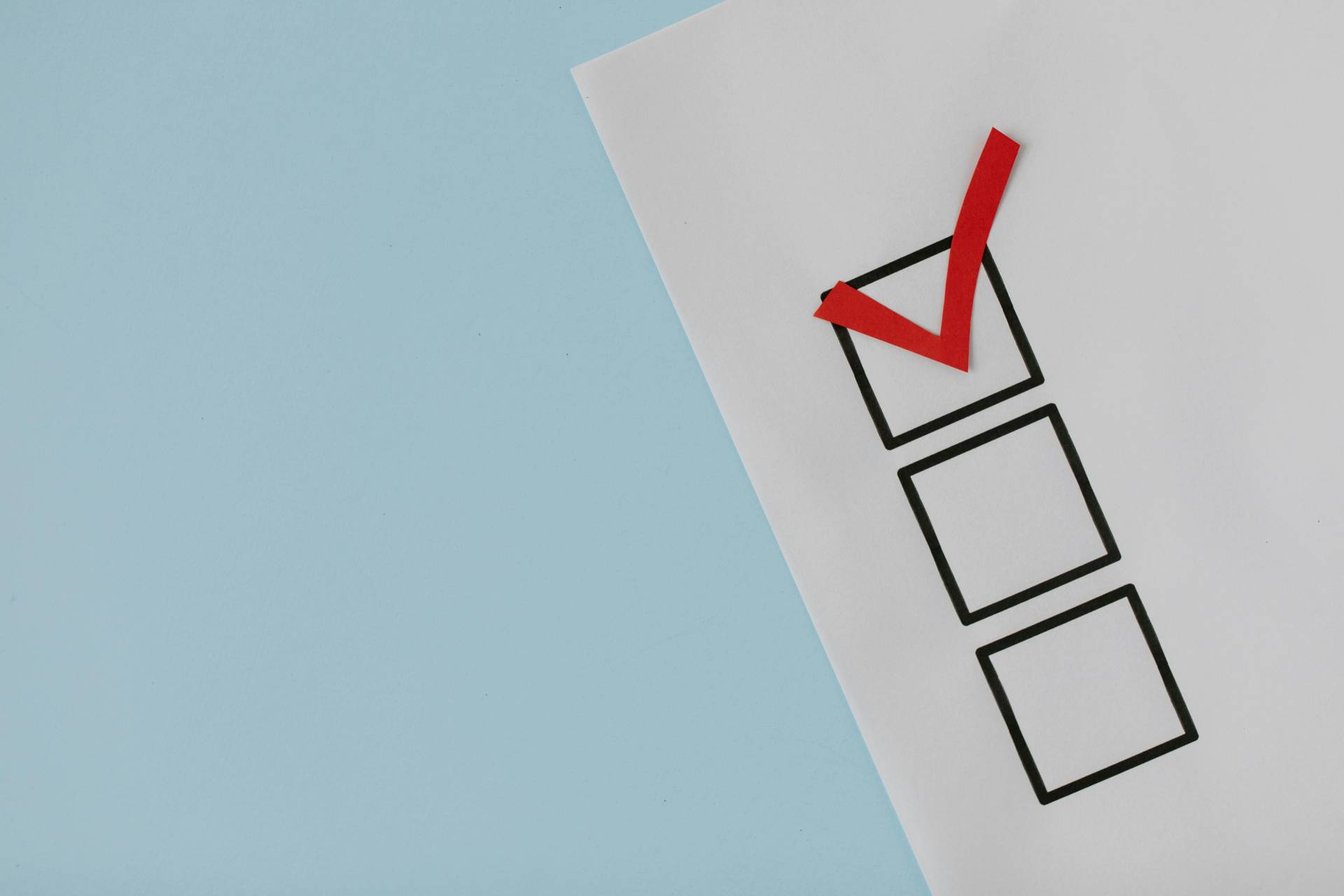The Birth of the Modern Interview
The job interview as we know it today began to take shape in the 1920s when Thomas Edison introduced his famous test. In 1921, The New York Times published the exam, sparking widespread debate: were these questions a fair measure of talent? The controversy didn’t stop Edison’s idea from spreading—it inspired new recruitment methods.
Large companies began to adopt more formal hiring processes, partly driven by the rising influence of industrial psychology. By 1929, Harvard Business School was studying interview techniques as a key tool for identifying talent and leadership potential. This marked another milestone in job interviews, signalling the start of a more analytical and structured approach to hiring.
In the 1930s, industrial psychologist Scott Myers introduced personality assessment techniques into interviews, starting the trend of evaluating not only technical knowledge but also candidates’ attitudes and ways of thinking. Around the same time, interviews began incorporating more structured dynamics, with questions designed to evaluate specific skills.
During World War II, governments and large corporations refined these methods to select military and administrative personnel, leading to the first psychometric tests applied to candidate selection. After the war, many of these techniques transitioned into the private sector—bringing us closer to the modern job interview we know today.

